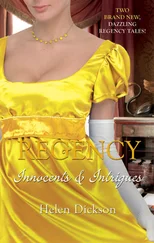Alas, it was all too late for poor Dan Joe. I was almost twelve, and his was my first funeral, an event that left an indelible mark on my memory.
THE WAKE
I still see that never-ending procession of black suits and shawls as they shuffled their way through the front door into the crowded parlour, passing the mirrored oak sideboard with its fresh flowers and photographs of happier days. Onwards they moved, in around to a smoke-filled kitchen with its glowing fire, down under the narrow staircase to a darkened room that smelled of church candles and lilies and echoed a constant hum of prayer and sorrow. Circling the bed, they blessed themselves as they passed by a very peaceful-looking Dan Joe, dressed in a crisp white shirt and a grey paisley tie. He lay motionless and cold, but free of all the pain that had etched his face in the recent days. Ushered on by my uncle Tom, the latest batch of mourners offered their condolences before rejoining the mêlée, talking, laughing, crying, whispering, drinking and eating from plates of sandwiches and cakes brought in by neighbours and distributed eagerly by all the grandchildren.
Later, as the crowd dwindled, I sat nervously staring at his figure, wondering how it was possible that I would never hear his voice again, never see that smile or feel the warmth of his arms around my shoulders, and my thoughts drifted to poor Charlie and I wondered how he would cope now that his master was silent. He would surely miss him in the morning and every other morning after that, the click of his voice, the gentle tug of the reins and all their little chats during the daily rituals of tacking and farming.
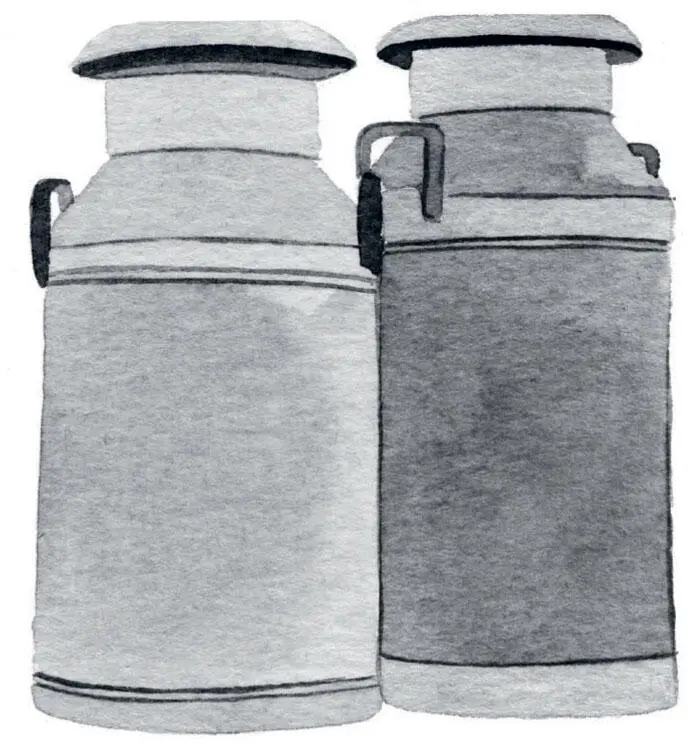
‘How is all this possible?’ I thought. Maybe in the morning he might come back to take us all down to the L-field to gather the cows. But the following morning was spent in a crowded church of whispered prayer followed by the short procession to an adjacent graveside where men lowered his coffin deep into the ground. A raw, sudden swell of tears and sadness filled the autumn air as the pebbles hit the wood to finally signal his end.
On an old country lane where the wilderness still reigns
An old man takes a flower in his hand.
How I’ve watched you bloom and fade
and all the beauty you create
I’ll take with me that pleasure as we part.
– ‘We Had It All’, Someone Like You (1994)
NANA KELLEHER
Dan Joe’s wife, Margaret McTigue, came from a reasonably well-to-do local family, but her marriage to Dan Joe was not well regarded and her dowry reflected the disappointment in her choice to marry down. As a young woman she was sent to agricultural college in Tipperary, where, in addition to general agricultural studies, she specialised in butter- and cheese-making. I only learned of her cheese-making ability recently, and it may explain my own fascination with the craft. While a student at Ballymaloe Cookery School, I was hooked from our first cheese demo. The pleasure of working with the curd is sensational and I found it very therapeutic; little did I know then that my Nana Kelleher may have passed on her cheese gene to me. She spent her days churning her butter, making cheese, feeding geese and hens, tending to the livestock and forever cooking or baking in Bastible ovens over a large open fire, which was constantly aglow.
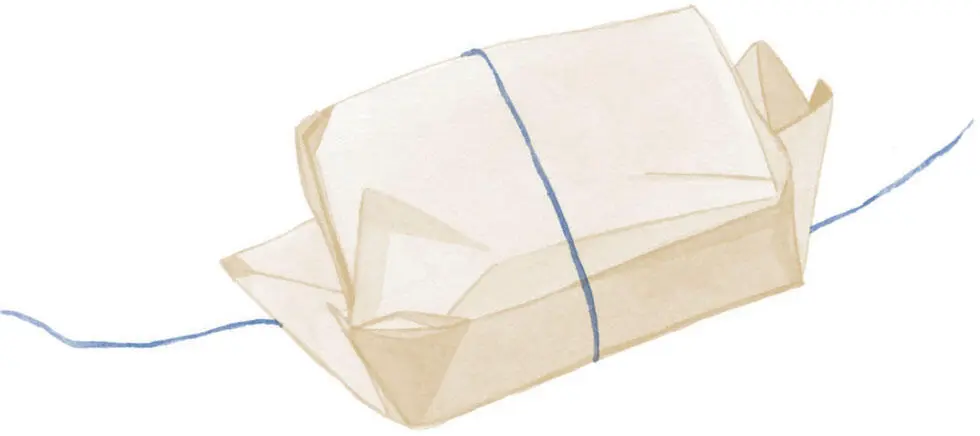
Every autumn, neighbours came to the house to help with the curing of the pig. It was customary to gift the help with cuts of meat as they departed. The wonderful saying, ‘We weren’t all one when you killed the pig,’ was often used and still is in some areas to remind certain houses of an oversight in such times of plenty.
The Feast of St Martin, or Martinmas, is celebrated on 11 November each year and was generally regarded as the date that all pigs be butchered and prepared for the winter. This date is also linked with ancient sacrificial geese and all sorts of darkness. My legend has it that St Martin invented the pig from a piece of beef fat. He gave it to a young girl, telling her to put it under a tub and turn it upside down and await further instruction. Being selfish, the girl split it in two and hid her own piece under a basin. The following day, a sow and twelve piglets appeared where Martin’s morsel had been placed, but as punishment, the girl’s sliver produced mice and rats, which ran off around the house and into the yard. St Martin then created the cat from a mitten, and sent it off to chase the vermin; to this very day cats continue to do his bidding – or so the story goes!
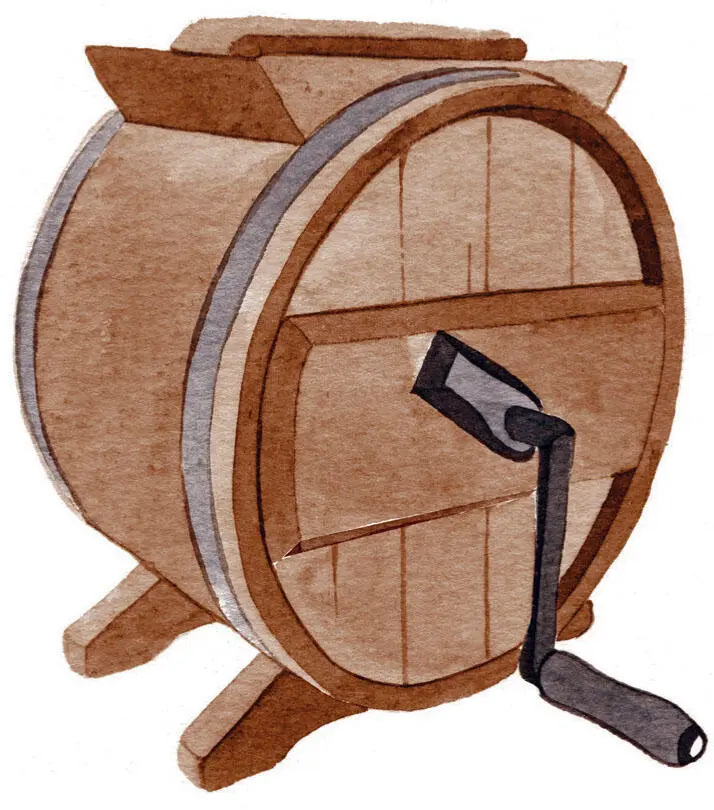
Every ounce of meat from the pig was used. The head was boiled to produce brawn, also known as head cheese, a terrine set in aspic. Sometimes the cheeks and jowls were removed, boiled and eaten as delicacies. Those traditions live on; for my own fiftieth birthday party, I cooked a pig on a spit and my friend and champion Tipperary hurler Nicky English phoned in a frenzy, saying he was delayed in town. ‘Mike, has anyone touched the jowls yet? If not, put my name on them! Make sure no one goes near them, I’m on my way!’ Sure enough, as soon as he arrived, he made a beeline for the pig’s head. He was a very happy camper as he sat back on his chair with a beer and a jowl. Maybe there’s something in them there jowls that’s good for the hurling.
Nana used both a wet and a dry cure. After a few days’ hanging, the pig was jointed and cured with salt; the following day, the moisture extracted by the salt was washed away and another coat of salt applied. This dry-cure process might take three to four days. A wet cure was a simple solution of salt and water in a barrel, left for days. The loin, shoulders, legs and belly were then hung from the rafters and used as required for rashers, bacon and Bastible roasts. Some were placed in the chimney breast for smoking.
The cured bacon hung from the hooks in the main room, protected by two or three strips of flypaper. That paper gave off a very distinctive sweet odour, and its colourful package always conjured up images of America for some reason. Perhaps they were part of a parcel received from rich cousins across the Atlantic.
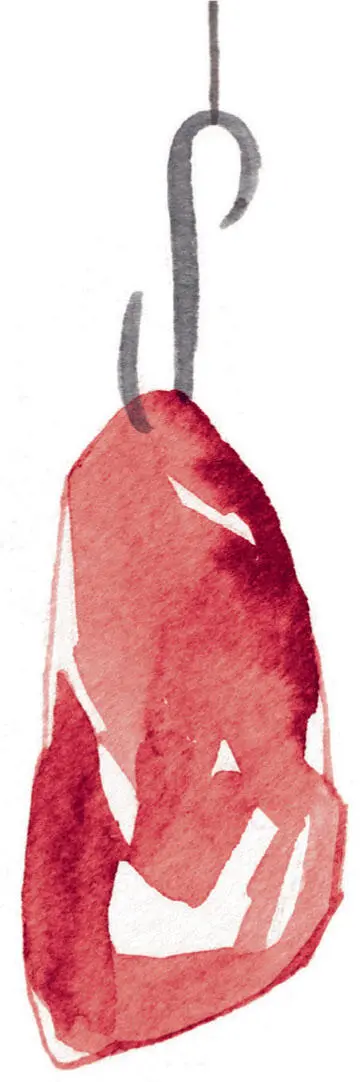
Nana cooked everything from chickens, stews, bacon and cabbage to vegetables, to breads and cakes on an open fire in a selection of cast-iron Bastible pots that hung from a metal crane. She fried pork chops, homemade puddings and eggs on griddle pans which sat among the burning sods of turf. Hanging from the crane was a great big giant black cast-iron kettle, always full of water, constantly on simmer ready for the tae or the washing-up. Bastible cooking required great skill and experience. There was no thermometer to monitor the heat, and certainly no alarm clocks to signal the end of cooking – it was sheer skill. Her breads and sweet cakes were placed in the ovens, with hot turf spread on to the lid to ensure even heat distribution. There is a beautiful saying – ‘Never let the hearth go cold’ – so at bedtime, a sodden piece of turf was laid, burning slowly through the night to keep the embers warm. In the morning flames returned with the help of a poker and some kindling.
Читать дальше
















